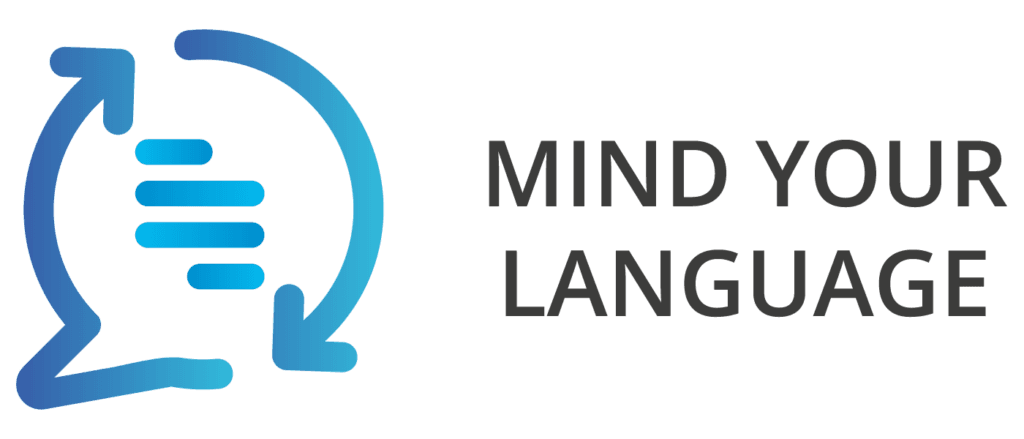When I tell people I run a translation company, most people say: “don’t computers do that now?”
“Yes, you’re right, they do,” I say.
This usually hatches a look of confusion on the inquisitors faces. I know they’re wondering why they need a translation company if machines can perform the task. What they don’t realise is that producing high quality machine translation takes a lot of work. Just like a production line of robots produces gleaming Teslas, Tesla still employs thousands of people to take care of the robots.
In the translation industry we have project managers that ensure that the line spacing in a finished file is perfect before the translation is returned. We have linguists that proof-read and amend the machine translation. We have data specialists that feed the finished translation back into the customer’s bespoke AI engine to make it better next time the engine is requested to perform its magic.
It’s true that the time taken to produce the translation itself is quicker, less human intensive and more data intensive. That’s good news for customers as it means faster return times and cheaper translation costs.
Data privacy is concern for a lot of our clients too, and rightfully so. Most free translation engines make their money from collecting their customers’ data and reselling it to other parties or charging advertising to people that land on their translation engine page. That’s an effective model if your data isn’t confidential and you don’t mind inconsistent translation, but it’s not helpful for most multinational companies that need both of those things.
So, what are the limits of AI Translation?
Below I have listed the top 5 areas in our testing where we have found there are natural limits to what AI Translation can achieve.
- Context and nuance: AI translation models often struggle to capture the full context and nuance of a text. This can lead to inaccuracies, especially when dealing with idiomatic expressions, cultural references, or ambiguous language.
- Language complexity: Some languages are more challenging to translate than others due to their complex grammar, word order, or extensive use of context-dependent words. AI may perform less accurately with these languages. Chinese and Japanese are two such languages.
- Technical and domain-specific terminology: Translating technical or specialised content can be difficult for AI, as it may not have the domain-specific knowledge required to accurately translate jargon or technical terms.
- Tone and style: AI translation may not always capture the appropriate tone or style of the original text, which is crucial for documents such as legal, marketing, or creative writing materials.
- Multimodal content: Many AI translation models are primarily text-based and may not effectively handle translations for multimedia content, such as videos or images.
Will all these issues be solved in the future? Maybe, but it will be customised engines that achieve it, not the ubiquitous free engines such as Google Translate.
Gerry Ball
Founder & CEO

